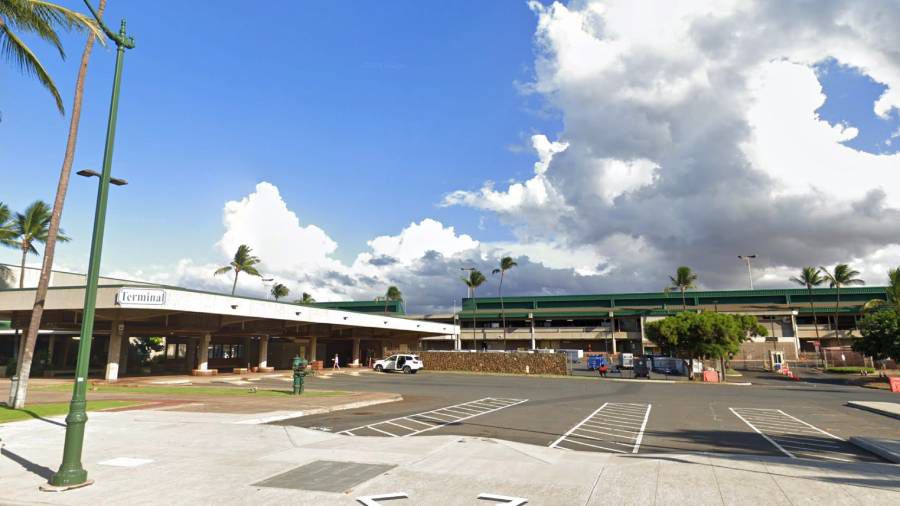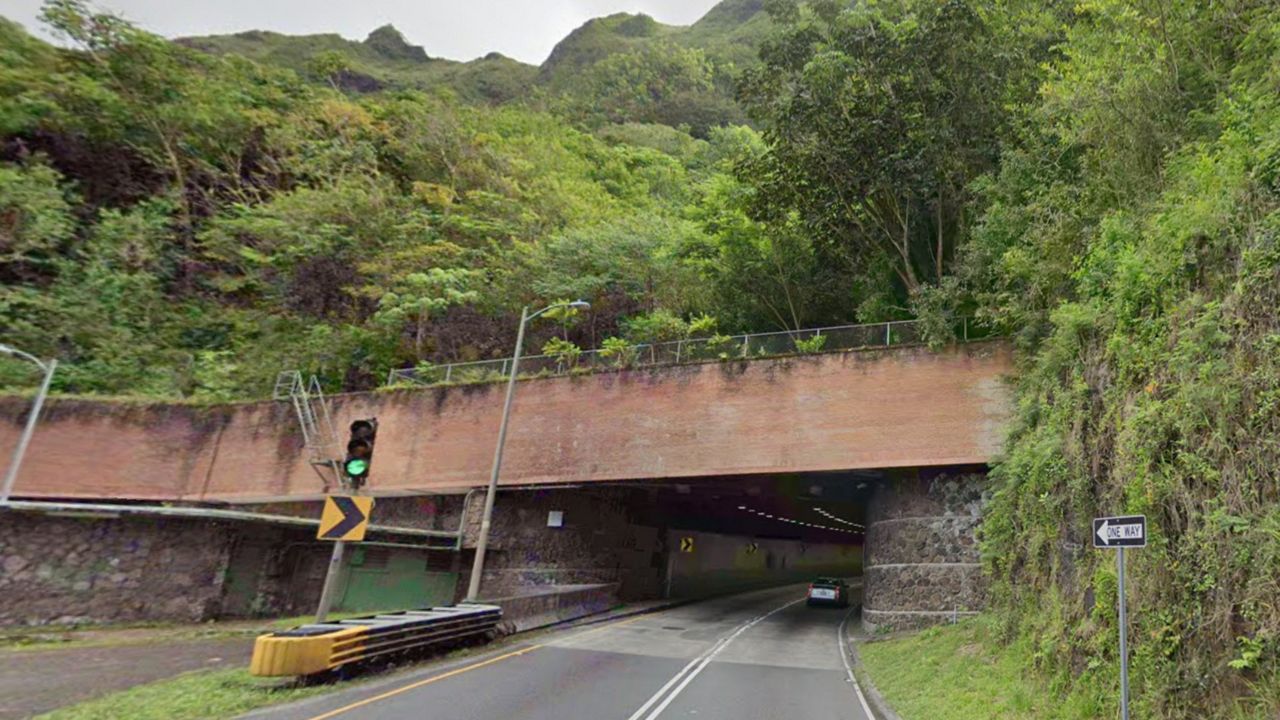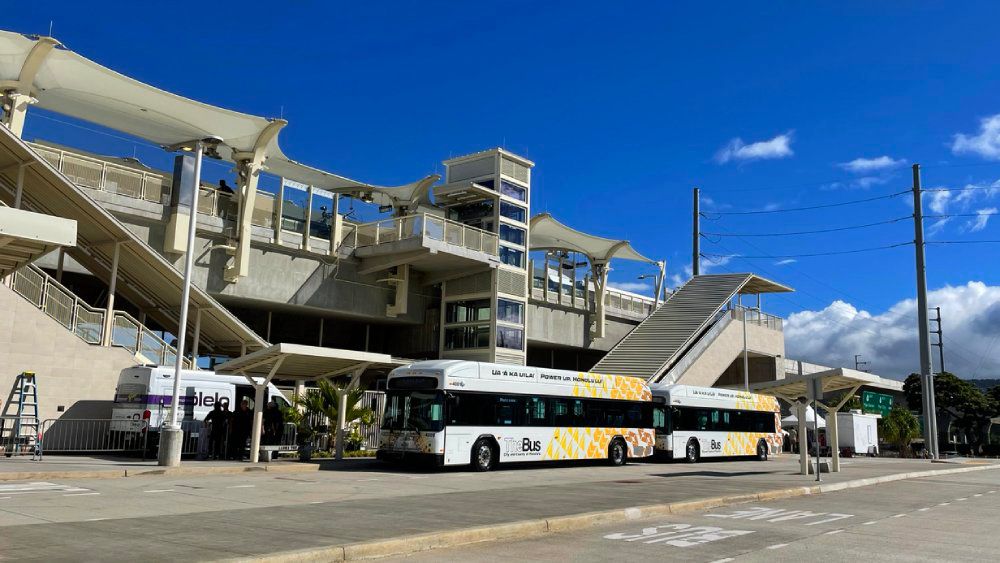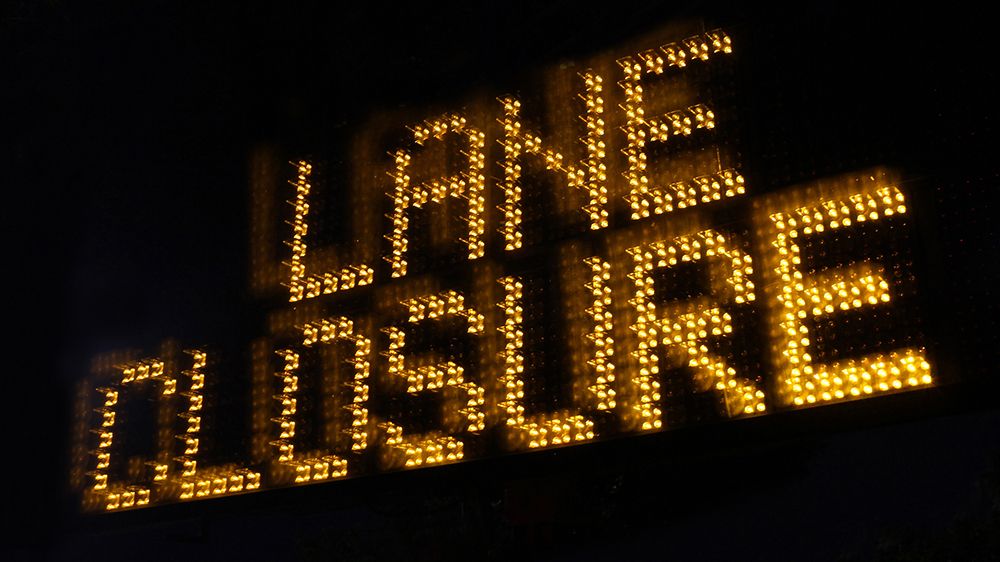KAHULUI, Hawaii — The Hawaii Department of Transportation announced a $22 million grant from the Federal Aviation Administration will go toward the construction of a new Transportation Security Administration checkpoint at Kahului Airport, according to a news release.
Kahului Airport is the state’s second busiest airport. The construction of a two-story security screening checkpoint at the south end of the ticket lobby will house up to six TSA screening lanes. The grant will also be used to upgrade the north checkpoint and its lanes by enclosing it and adding air conditioning.
“Kahului Airport is an important resource for our residents and visitors, and the vibrant Hawaii economy. This project highlights our continued efforts to bring in more federal dollars to upgrade our airports across the state to address our needs for the future now,” said HDOT Director Ed Sniffen in the release.
“We are committed to an airport system that prioritizes a safe and enjoyable curb-to-plane experience and will continue to work with our partners to deliver efficiently while minimizing costs to the public,” he said.
HDOT worked with TSA in the past year to add canine units to help with long security lines. Large tents were also added to protect passengers from the elements as they waited to be screened. Those tents are now used as shelter for people awaiting curbside pickup.
The new southside checkpoint waiting lobby, screening lanes and TSA support spaces will be located on the second floor with a pedestrian bridge connecting the new checkpoint to a passenger holding room spanning an existing service road. Retail and airport support spaces will be on the ground floor.
“We are grateful for the investment our federal and state partners are making in TSA security screening operations at Kahului Airport. Travelers will notice the improvements when departing the airport and TSA employees will ultimately enjoy a more comfortable environment when working in the new space,” said TSA Federal Security Director for Hawaii and the Pacific, Nanea Vasta. “During the construction phases of this project, we remain committed to providing the most effective and efficient security operation while reflecting the aloha spirit of the islands.”
In an effort to be environmentally and socially responsible, the project will pursue LEED Silver Certification for the building to maximize energy-saving measures and offset energy consumption.
The project will cost $62.3 million with work expected to begin in the summer of 2024 and completion by the end of 2025.
Sarah Yamanaka covers events, environmental and community news for Spectrum News Hawaii. She can be reached at sarah.yamanaka@charter.com.









